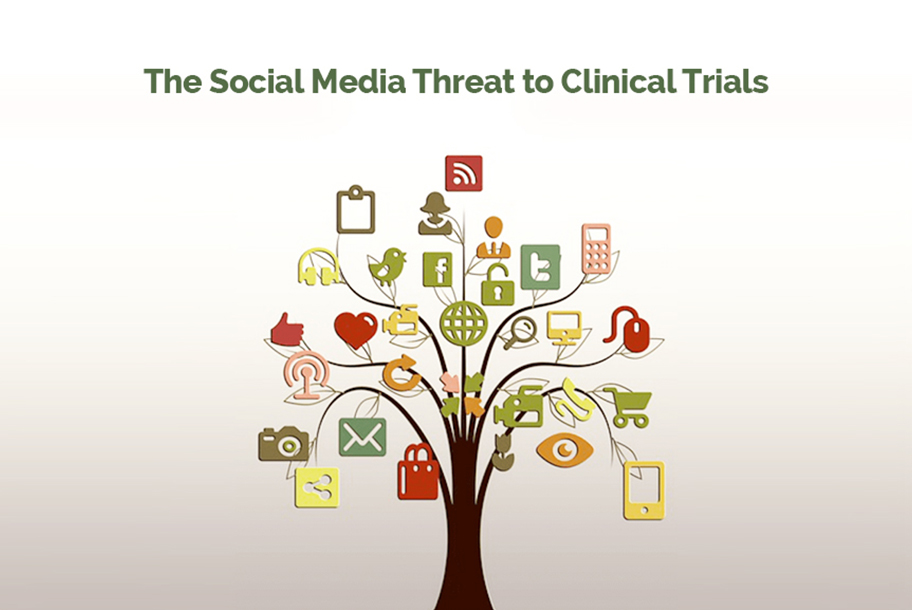Social media is fundamentally changing clinical research. Its popularity is increasing. Which means that the common appeal or “fondness” people express towards its implementation in clinical trials is not accidental. The use of online platforms is very quickly shifting from experimental projects, aiming to evaluate the usefulness of such tools, to actual applications of websites such as Facebook, Twitter and LinkedIn into various on-going clinical research strategies. On the whole, internet-based media is surely changing how researchers, caregivers and even patients think about clinical research and related aspects of it. Like patient recruitment and participation in clinical trials, for example.
It will come as no surprise to point out that a decade ago the correlation between social media, clinical research and patient recruitment didn’t really exist. Nowadays, it is pretty obvious. Since 2009, social media has been regarded as a valuable tool that can open many doors, speed up the work of research experts and help people make better informed decisions. It was considered to be a venue that would deliver major changes. And quite often that venue saves a lot of unnecessary expenses, efforts and time. We can see that now. Hence, instead of investing a huge amount of money in traveling from point A to point B just to find and enroll the most appropriate people for a specific clinical research project, recruiters can do it online and avoid the hassle. There are plenty of companies, including Johnson & Johnson and Pfizer, which have used Facebook and even YouTube as vehicles that raise awareness, share information and reach more patient, respectively.
Some industry leaders describe the extensive reliance and use of social media in healthcare as part of Health 2.0. In other words, it is a patient-driven tendency in healthcare that happens around the Internet. Just as a further clarification, health 2.0 can be explained as healthcare which incorporates a number of web-based mechanisms in order to initiate easier collaboration and two-way interactivity between care providers, stakeholders, other medical specialists, patients and more. This e-based communication through social media leads to the formation of the so called online patient communities, such as MediGuard, ClinicalResearch and others. Such communities are constructed of electronic patients (or e-patients) who rely on social media when searching for health-related information.
But creating such e-communities is just one of the things that social media can do for clinical research. Other positive outcomes are:
- Eliminating geographic constraints
- Mitigating cultural and technical challenges when enrolling patients
- Choosing specific demographic areas for patient recruitment
- Targeting specific people for specific research focusing on rare diseases
- Selecting concentrated and systematized patient population
- Promising crowd-sourced information exchanges
It is imperative, however, to remember that in order to have a successful social media campaign for patient recruitment, researchers and other members of the research team should do several things:
- Identify and clarify patient-related factors that may vary or change
- Ensure these factors meet the requirements, objectives and regulations of the trial itself
- Research patient population within the specific region
- Choose the right message to deliver through social networks
In summary, as it goes with any other information technology or e-centered trend, social media promises a lot of advantages to adopters who represent the Medical, Clinical and Research industry. And despite some concerns that are being voiced out now and then (like difficulties to meet regulators’ criteria), research is firmly moving into the cloud. To present it differently, it is steadily becoming more dependent on the Web and online platforms. In this regard, one of the most challenging points in clinical studies which involve human subjects is patient recruitment. Statistics show that approximately 1/3 of clinical studies struggle to enroll a single volunteer. Which often becomes the reason for delays or complete termination of one such project. With the use of social media, however, researchers see the light at the end of the tunnel. The phenomenal growth of social networks like Facebook, LinkedIn, Pinterest and others, changes how research specialists collaborate with patients. But what is more, such platforms channel opportunities for more efficient, proactive and cost-effective patient recruitment.
You can find a PDF version of this article here: https://crotraining.co.uk/wp-content/uploads/2016/07/Social-Media-for-Clinical-Trials.pdf



